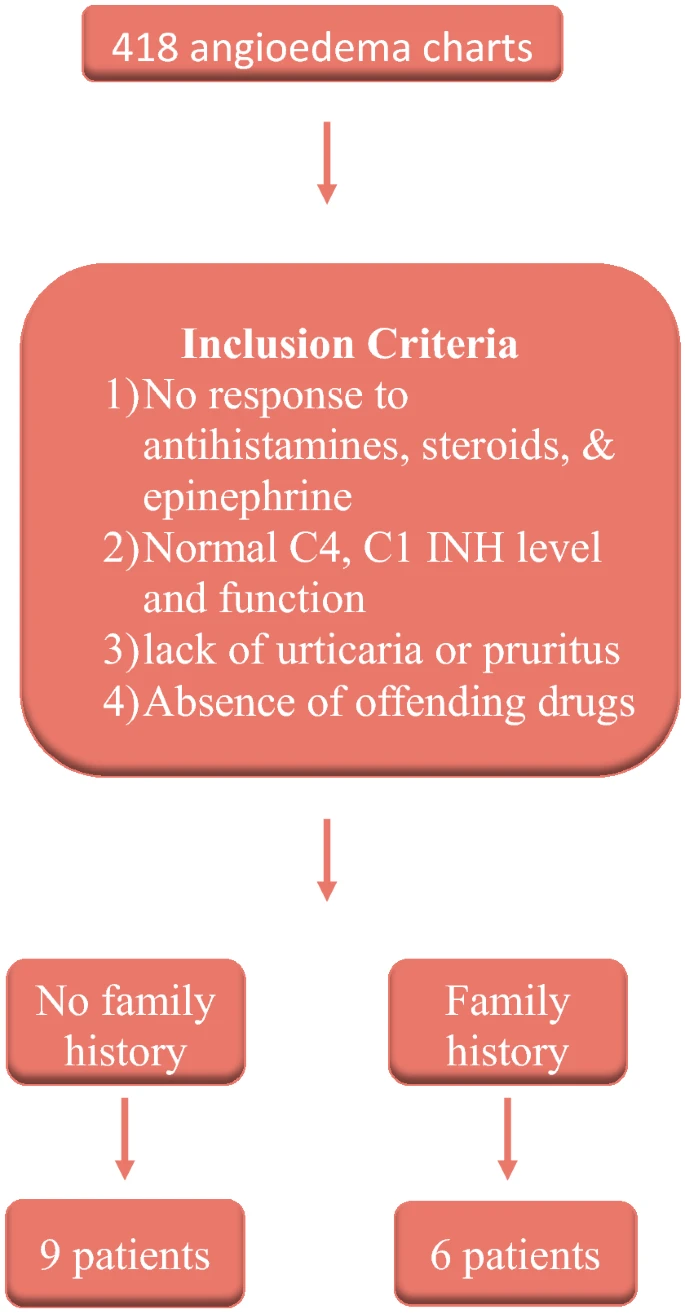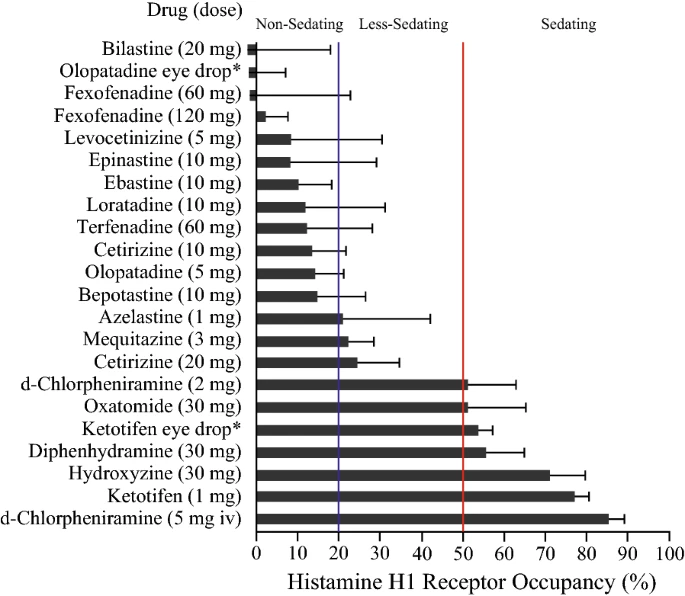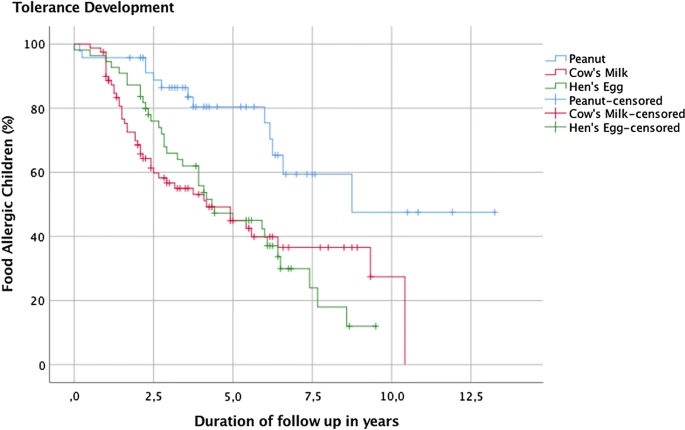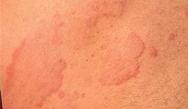- Allergy, Asthma & Clinical Immunology
- Research
- Open Access
Abstract
Background
Hereditary angioedema with normal C1 inhibitor (HAE-nC1 INH) is a rare, underappreciated condition characterized by recurrent subcutaneous angioedema. The underlying pathophysiology and diagnostic criteria continues to evolve. There is a significant overlap between HAE-nC1 INH and idiopathic nonhistaminergic angioedema, ultimately this may be found to be the same condition. Characterization of cohorts suspected to have either of these conditions is warranted to help refine diagnosis, pathophysiology, and treatment response.
Methods
 |
| Review of the Manitoba cohort of patients with HAE-nC1 INH: inclusion criteria |
A retrospective chart review of 418 patients diagnosed with angioedema was conducted.





.png)



